There are plenty of services available that offer amateurs and professionals the opportunity to share their podcasts with the rest of the web. The very best podcasters also run their own websites, keeping their content in-house. If you’re not at this stage, now is the right time to consider building a podcast website in WordPress!
Creating a WordPress site is really not that complicated, and if you’re truly serious about your podcast, you should give it a shot. WordPress often gets typecast as being a blog-only platform, but it can do a lot more. Getting to know the platform is remarkably simple too. Anyone can learn its basics in a day or two, then move on to building their own projects.
Let’s find out how to build a podcast website in WordPress 🏗️ using the Blubrry PowerPress Podcasting plugin. First, we’ll introduce the plugin itself. Then we’ll dive into how to create a podcast website with WordPress in six steps.
Let’s get cracking!
Meet the Blubrry PowerPress Podcasting plugin
The Blubrry PowerPress Podcasting plugin is a one-stop solution for managing your podcast and publishing new episodes. It supports multiple audio and video types, subscription options, and even includes a few Search Engine Optimization (SEO) features.
On top of the free podcast plugin, the team behind Blubrry also offers podcast hosting solutions that integrate with WordPress and podcast analytics [1]. Right now, their directory includes over 350,000 podcasts – so they definitely know their stuff!
If you’re new to the world of podcasting, Blubrry offers an in-depth introduction to the subject that covers everything you need to know – so it’s worth digesting it before moving on.
⚙️ Key features:
- Enables you to manage your podcast episodes.
- Integrates with Blubrry’s hosting solutions if you choose to use them, but also works perfectly with other providers.
- Supports iTunes and Google Play Music.
- Enables you to submit your podcast episodes to the iTunes Directory from your plugin dashboard.
- Offer subscription options to your listeners.
- Supports multiple podcasts on a single site.
- Available in various languages.
How to Create a Podcast Website in WordPress
Before we begin, we’ve previously gone deep on some of the WordPress basics you’ll need. To get up to speed, you’ll want to bone up on finding a web host and setting up WordPress. Once you’re finished with those two steps, you can continue here.
To get started quickly, sign up with Bluehost. It is cheap, starting from $2.75 per month.
Now onto creating our podcast website in WordPress. The steps outlined in this tutorial will work for any WordPress block theme that supports full site editing (FSE). For our example, we’ll be using the Raft theme.
- Step 1: Install the Raft theme
- Step 2: Access the Full Site Editor (FSE)
- Step 3: Set up your homepage and header
- Step 4: Install the Blubrry PowerPress Podcasting plugin
- Step 5: Add your podcast audio files to the WordPress media library
- Step 6: Create your first podcast in WordPress
Step 1: Install the Raft theme
To install Raft, go to Appearance > Themes in the WordPress admin area. Then click on Add New. From there, use the search bar to find Raft. Once you see it, click on Install and then Activate.

You’ll also be prompted to install Otter Blocks after you install Raft – go ahead and do it. Otter Blocks is our own block editor extension plugin that helps to power the Raft theme.
Step 2: Access the Full Site Editor (FSE)
From the WordPress admin dashboard, go back to Appearance, but this time instead of clicking on Themes, click on Editor. That will bring you into the Full Site Editor (FSE), where you will be able to access all of the various pages and page components of your site, otherwise referred to as Templates and Template Parts.
There is a lot you can do here, but since our goal with this tutorial is to get you up and running with your podcast, we’re not going to explore every single template option. You can do this on your own and it’s all rather intuitive, but to get you started, we at least want to set up the homepage of your future WordPress podcast.
So, from the initial FSE page, click on Templates:

On the next screen, select Front Page:

As mentioned, this is all rather intuitive. Click on Edit to begin editing:

Step 3: Set up your homepage and header
Once you’re in the editor, you’ll be able to customize the various sections of your homepage however you want, by simply manipulating the blocks.
If you’ve already been using the WordPress block editor then all of this will be very familiar to you because it functions in exactly the same way. The only difference is that instead of using blocks to create an individual post, you will use them to design your homepage and certain elements across your entire website, like the Header.

In this example, you can see that the header contains three social share icons, but what if you want a navigation menu?
Simply click the (+) sign, use the search bar to type in “navigation”, and add it to the header.
Note: The default Raft header actually already has a navigation menu, but I deleted it prior to taking these screenshots just for illustration purposes.

There are a lot of different directions you can go here, depending on what specific elements you wish to add.
For example, with the navigation menu specifically, you can do things like add submenu items. So if you decided to showcase your top five or ten most streamed podcasts, you could add a link to each one as a submenu item really easily:

The editor also allows you to tweak the font choice and the color of the text, and adjust other fine details. You can quickly shift the positioning of each individual menu item by clicking the left and right arrows:

Most of this is fairly intuitive to navigate. Just hover your mouse over the menu icons and WordPress will tell you what the icon is used for. However, if you do get stuck in any way, please drop a comment at the bottom of the post and we’ll do our best to help you out.
You can continue designing your homepage by simply adding blocks where you want them, and then customizing those blocks in whatever way you’d like.
In addition to blocks, the other really nice time-saving aspect of using the Raft theme to build your podcast website is that it comes pre-loaded with a ton of great looking block patterns. These are reusable templates that you can insert into your posts and edit them however you want. So rather than starting from scratch with only one particular kind of block, a block pattern will give you a pre-built chunk of content that you can then tweak to your liking.
You can access the patterns by clicking the (+) sign on the top left of the editor, and then selecting Patterns:

When you finish getting everything the way you’d like it to look, simply click on Save in the top right corner:

You can then preview what your new podcast homepage will look like:

Keep in mind that you can (and should) use the templates and template parts in the Full Site Editor to design the other pages of your podcast website in WordPress.
For the purposes of this tutorial though, we’re now going to shift over to showing you how to use the Blubrry PowerPress Podcasting plugin to start adding and publishing your podcasts to WordPress.
Step 4: Install the Blubrry PowerPress Podcasting plugin
Before you start uploading podcasts to your new WordPress website, you’ll need to install the Blubrry PowerPress plugin. From the dashboard, go to Plugins > Add New. Then use the search bar to find “blubrry”. Click on Install and then Activate.

Step 5: Add your podcast audio files to the WordPress media library
For this step, we’re going to upload the actual audio file of your podcast to WordPress. From the dashboard, go to Media > Add New. Then click on Select Files. Find the audio file on your computer’s hard drive and upload it. Once it’s done uploading, click Copy URL to Clipboard.

Make sure you don’t copy anything else to your clipboard in the meantime, otherwise you will lose the URL. In case that does happen, you’ll need to access your media library by going to Media > Library. Then find the audio file and copy the URL again.
Step 6: Create your first podcast in WordPress
Now you’re ready for the final step.
From the dashboard, go to PowerPress > Get Started. This will open up the plugin’s walk through setup process, which is extremely easy to follow. The first step will ask you if you already have a podcast feed set up. You’ll need to make the choice that applies to you, but for this tutorial, we will assume you don’t.

Here you’ll be asked to fill in some basic information about your podcast, including the title, a description, whether it contains explicit content, etc. It’s all very straightforward.

The next screen will ask you if you want to sign up for Burbrry’s hosting. You can politely decline since you’ll already have your own hosting provider at this stage in the process.
The step after that will offer you to sign up for a complimentary analytics tool. Feel free to register for it if you want or skip ahead to the step you’ve been waiting for – creating your first podcast episode in WordPress.

Since you’ll only be going through this step-by-step startup process the first time you set up the plugin, it’s also important to know how to bypass all of this and jump straight to creating a new episode.
From the dashboard, go to PowerPress > Settings > Create New Episode.

So the neat thing about the way the Burbrry plugin works is that every time you create a new podcast episode, it will automatically generate a new WordPress post to connect it to. In other words: new episode = new post.

Remember that URL you copied in step five?
This is where you’re going to paste it. Using your keyboard, tap 👉 Command + V if you’re on a Mac, or Ctrl + V if you’re on a PC.
After that click on Verify.

Assuming nothing goes wrong, you’ll see the screen above. Here you’ll be able to fill in lots of details about the episode. Much of this is self-explanatory. When you’re all done, you can preview your post to see what it will look like on the front-end:

Admittedly, the mock first episode above is rather crude, but the point was to show you how the whole process works. Ultimately, when you’ll do it by yourself, you’ll be able to design much nicer looking posts to match your podcast episodes.
Also, don’t forget to take advantage of the Full Site Editor to save yourself time when designing these posts. You can create a template ahead of time and then re-use it for each new episode, with only minor adjustments. This is much faster and easier because you’ll only have to do the heavy lifting up front, and then after that it’ll be light work.
Final thoughts on creating a podcast website in WordPress 🧐
The idea of putting together a podcast website in WordPress from scratch might be intimidating, but in reality it’s quite straightforward. Our recommendation is to keep things simple at first, and let your podcast do all the talking!
Let’s recap how to get your podcast website up and running with WordPress:
- Pick a good WordPress web host (we recommend Bluehost).
- Install WordPress, a suitable theme, and the Blubrry PowerPress Podcasting plugin.
- Create a home page, set up a header, and create an introduction for your podcast using the WordPress Full Site Editor (FSE).
- Use Blubrry to manage and insert your podcasts into WordPress.
It’s important to note that the goal of this tutorial was to get you started. Meaning that there is more to properly setting up a WordPress site beyond what we covered here. None of it is extremely complicated, but it is important, and mostly involves optimizing your podcast site with various plugins. Among the most crucial that we recommend are WordFence for security, Yoast for SEO, Optimole for image optimization, and WP Fastest Cache for speed.
Do you have any questions about creating a podcast website in WordPress? Ask away in the comments section below!


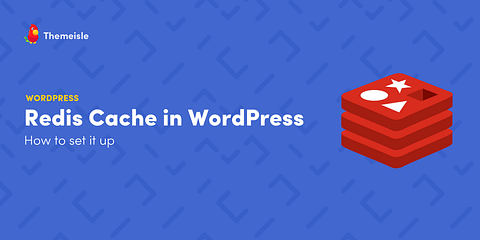

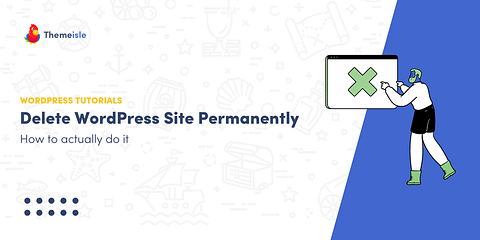
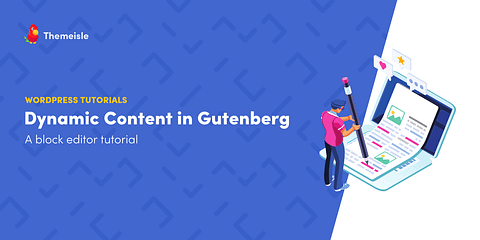
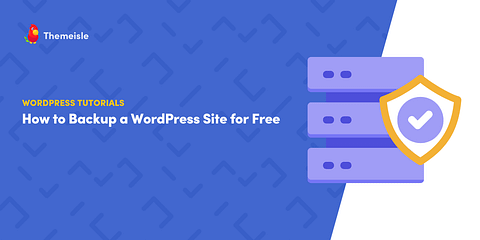
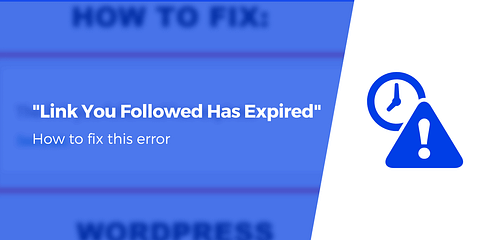
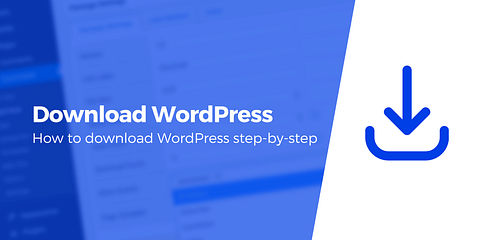


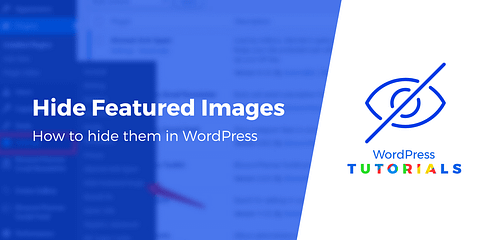
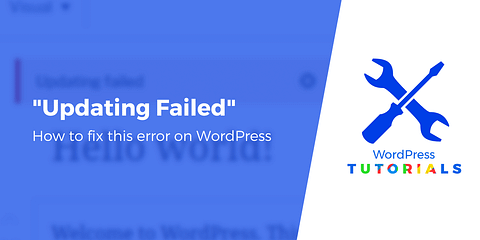

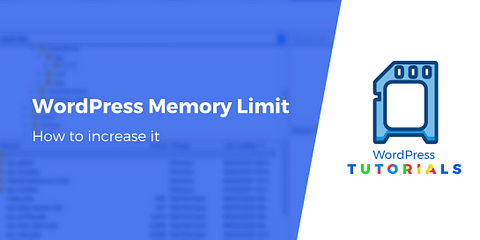
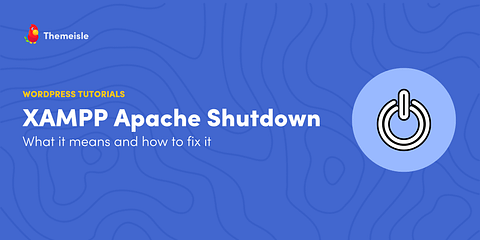
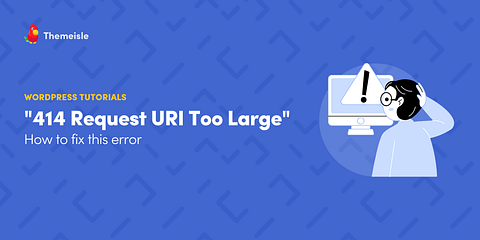
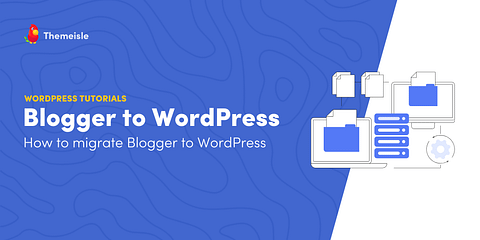
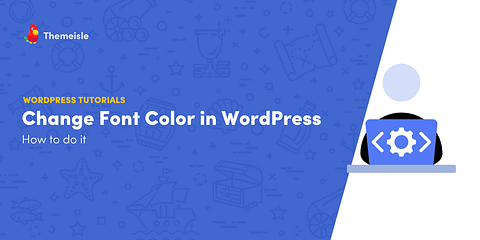
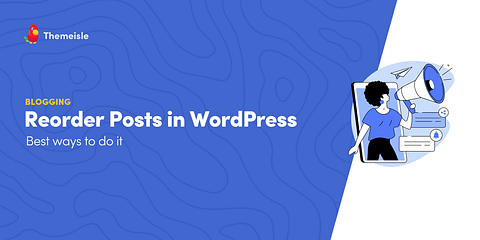
which plan is needed to have access to all of these plugins?
Thanks for your informative guide – especially as it use the Zerif pro theme I am most familiar with. However I cannot see source code as an option on the sections order?
Or start the conversation in our Facebook group for WordPress professionals. Find answers, share tips, and get help from other WordPress experts. Join now (it’s free)!